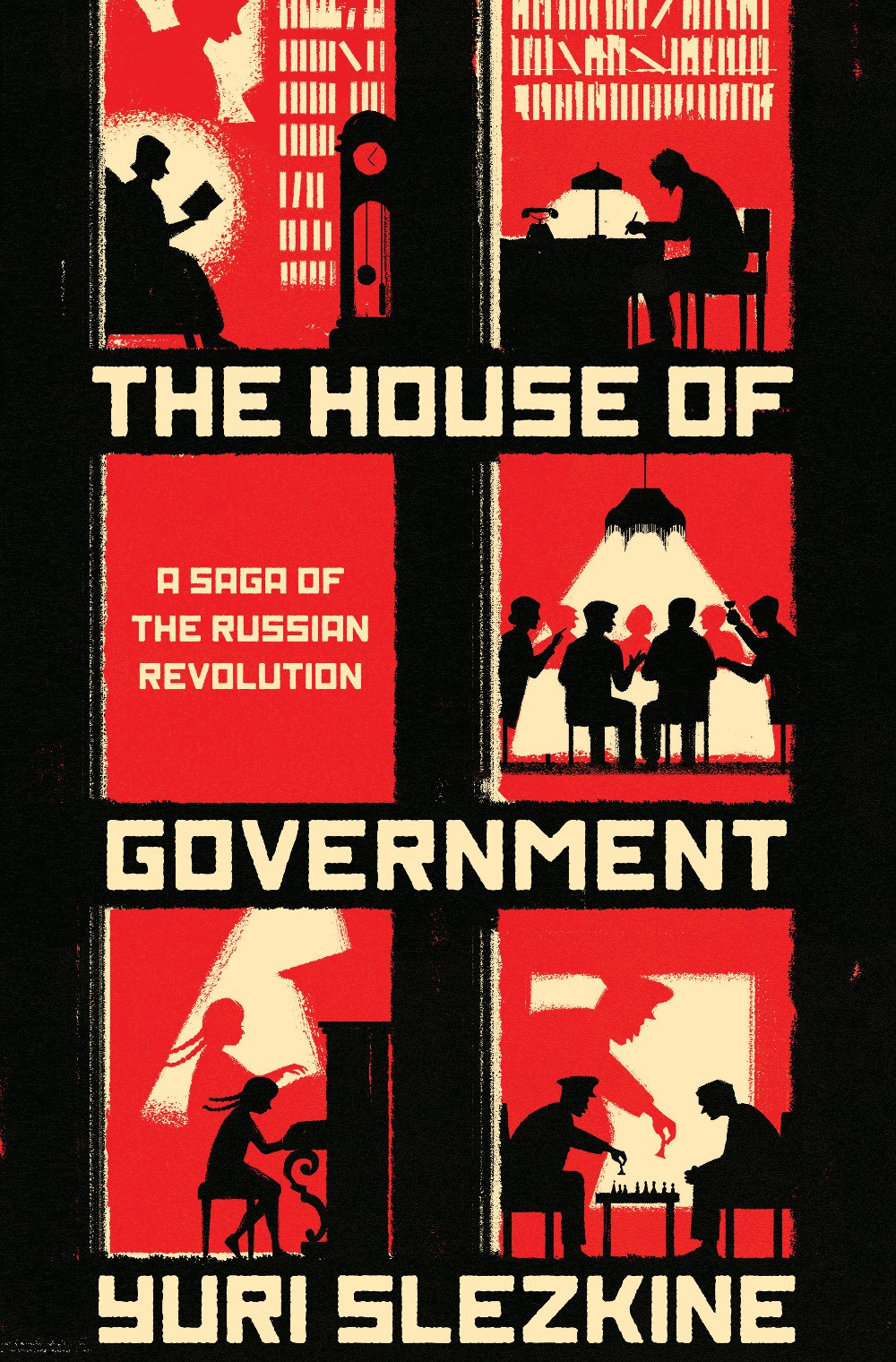Book Review: The House of Government by Yuri Slezkine
/The House of Government: A Saga of the Russian Revolution
by Yuri Slezkine
Princeton University Press
'The House of Government' is packed with a fascinating tangle of true, uniquely Russian stories
The book's title is an actual place: a vast apartment building – built in 1931 for the new Communist ruling elite – standing on an embankment in the Moscow River, just opposite the Kremlin.
The subtitle of Yuri Slezkine's mammoth new book, The House of Government, is “A Saga of the Russian Revolution,” and this, combined with the book's wry variation on the standard opening disclaimer – “This is a work of history. Any resemblance to fictional characters, dead or alive, is entirely coincidental” – gives a clear indication of the nature of Slezkine's ambition here. The sheer size of the book, 1,000 pages in the US hardcover, shows the scope of those ambitions.











